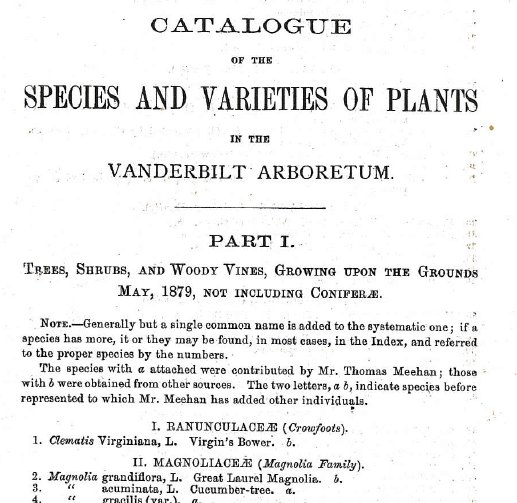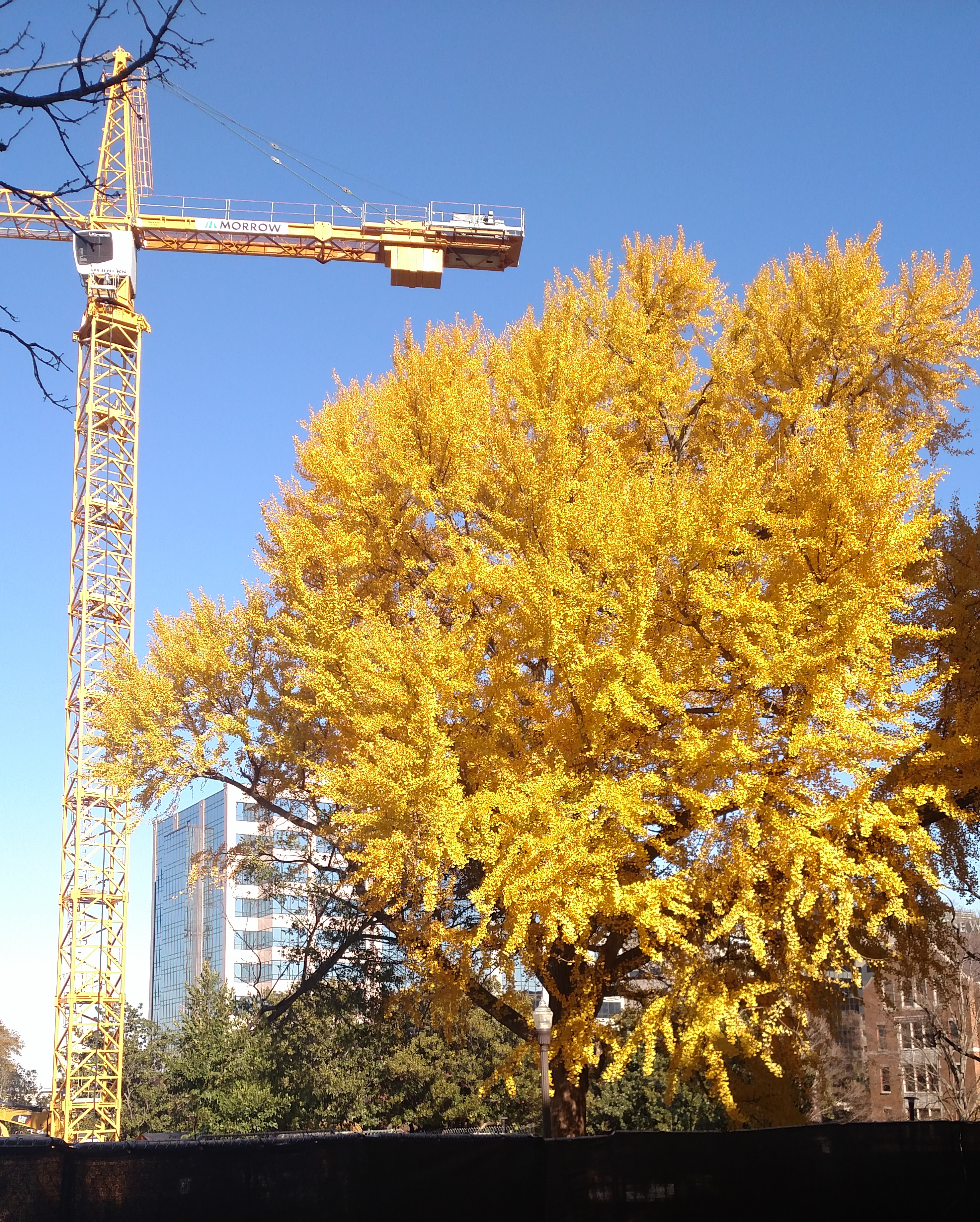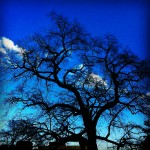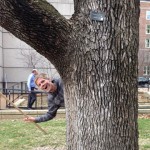Elms
Apr. 7, 2018—Vanderbilt is well-known for its large and ancient oaks and magnolias. In this post, I would like to bring attention to another kind of tree that is significant in the arboretum: elms. Distinctive for their graceful, fan-shaped branches, they were once common but have now become relatively rare. Vanderbilt’s arboretum is home to a number...
The Urban Legend that Won’t Die
Mar. 24, 2018—Of all of the interesting topics related to Vanderbilt’s arboretum, none is more full of folklore than that of the status of the arboretum itself. This past week, students in my Intro to Biological Sciences lab course went out on campus to identify and measure trees. In addition to my general happiness associated with being outside...
Inspired by Galloway’s Ginkgo
May. 12, 2017—Recently I happened to run into Andrew Michel on campus and we struck up a conversation about the trees on campus. He was telling me how much he loved the big ginkgo tree near Kirkland Hall that was spared in the construction of the new residential college. (This tree has been called “Galloway’s Ginkgo” and...
Kirkland Hall’s Big Trees
Dec. 20, 2015—Kirkland Hall is the historic and administrative center of Vanderbilt University. Built in 1875, it was the first building constructed on campus after the founding of the university. It is the probably the most photographed building on campus and is often one of the first buildings seen by visitors to campus. After the large clock...
The School of Nursing’s southern red oak
Dec. 7, 2015—In an interview, I was once asked what was my favorite tree in the arboretum. The question caught me off guard and I think that I said that it was the persimmon tree in front of Branscomb quad. Although that is a very interesting tree, I knew immediately afterward that I had given the wrong...
Magnolia Lawn (Part 2): PDS/USN
Nov. 13, 2015—Peabody Green In my previous post, I looked into the origins of what is now called “Magnolia Lawn” and tried to track down the histories of some of the oldest trees there. At the time I wrote that post, I was wondering about the origin of the name “Magnolia Lawn”. Since that time, I’ve had...
Magnolia Lawn (Part 1)
Oct. 25, 2015—Magnolia Lawn imagined In my last post, I wrote about how the distinctive character of Peabody College developed over the hundred years since it was constructed at the current location. The most noticeable feature is the Esplanade, which evolved into its current form as buildings were constructed and small trees grew up along its sides...
The Trees of Peabody College
Oct. 1, 2015—The history of trees on the main Vanderbilt campus is fairly well known (see the Arboretum History page on the Vanderbilt Arboretum website). However, prior to the merger of Peabody College with Vanderbilt University in 1979, the Peabody campus had a history that was separate from Vanderbilt’s, so details of the history of Peabody’s trees...
How Do You Prepare for a Catastrophe ?
Apr. 3, 2015—In 2008 my family in northwestern Ohio was having to deal with a sudden, unexpected problem. Most of the large trees in my father-in-law’s front yard were white ash trees and they were all dying, killed by the emerald ash borer (EAB). In order to prevent the dead trees from falling onto his home, he...
The Beetles are Coming!
Mar. 11, 2015—In this guest blog post, School For Science and Math at Vanderbilt seniors Daniel Mehus, Liza MacPherson, and Valeria Garcia describe the work they are doing to raise awareness about the destructive Emerald Ash Borer invasion that will devastate Nashville’s ash trees. This is the first in a series of posts about the Emerald Ash...









